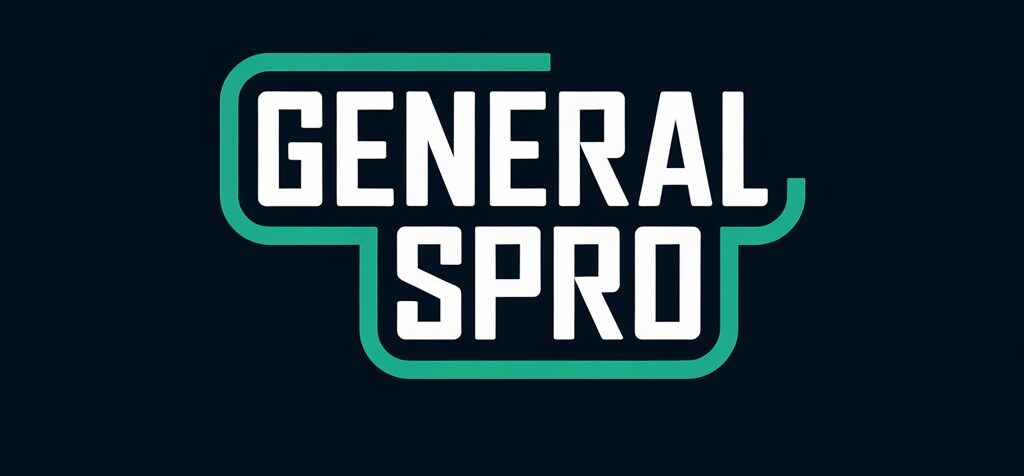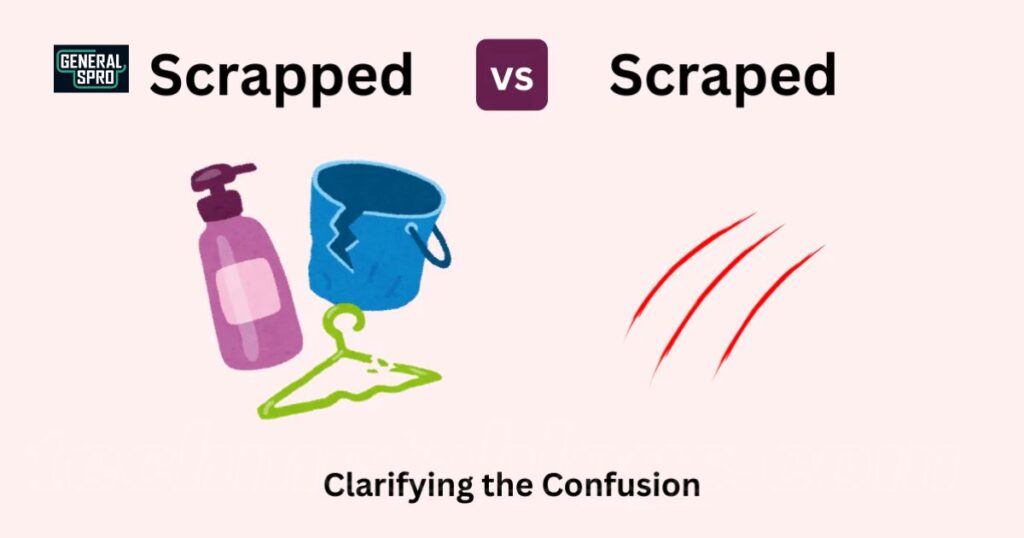In the complex landscape of English language, certain word pairs frequently cause confusion among writers and speakers alike. Among these troublesome twins are “scrapped” and “scraped” – two terms that sound similar but carry distinct meanings.
Today, we’ll dive deep into the linguistic nuances of these commonly misused words, helping you master their proper usage and avoid common English language mistakes.
Introduction
Word confusion can significantly impact our ability to communicate effectively. When it comes to homophones and similar-sounding terms in English, the difference between “scrapped” and “scraped” stands out as a particularly challenging one.
Whether you’re writing a business report or crafting a personal email, understanding these distinctions can enhance your communication clarity and prevent embarrassing mistakes.
What Does Scrapped Mean?
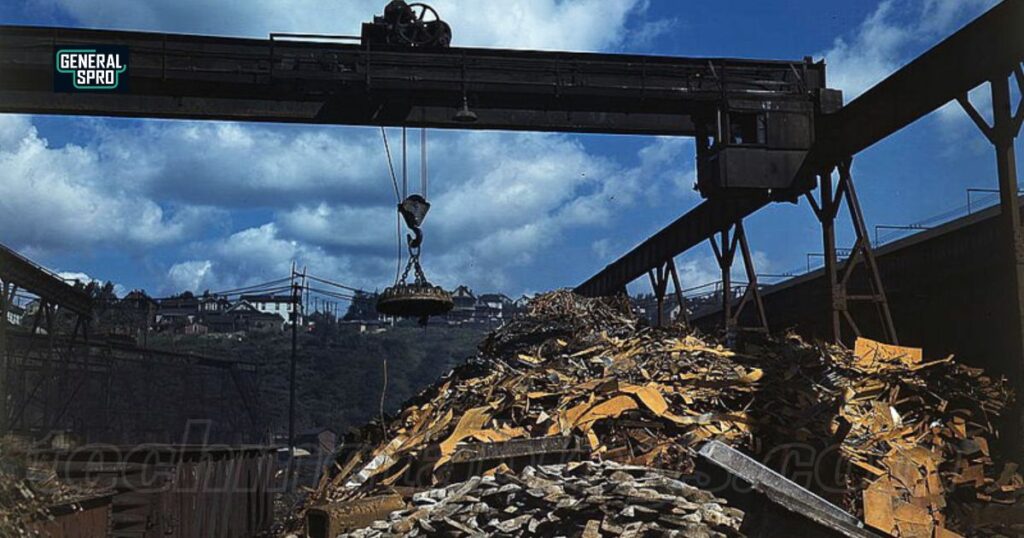
The term “scrapped” originates from the noun “scrap,” referring to discarded material or waste. When something is scrapped, it’s abandoned, canceled, or disposed of entirely.
This word has evolved significantly in modern usage, expanding from its original industrial context to encompass various situations where plans, projects, or items are discarded or abandoned.
Scrapped Examples
In today’s fast-paced business environment, we often encounter situations where projects or initiatives get scrapped. Consider these practical examples of proper usage:
- “The company scrapped its expansion plans due to economic uncertainty.”
- “After numerous technical issues, the development team scrapped the original design.”
- “The old manufacturing equipment was scrapped for its metal value.”
Origins of Scrapped
The etymology of “scrapped” traces back to Old Norse “skrap,” meaning “scraps or trifles.” Throughout history, its meaning has remained relatively consistent, though its applications have broadened considerably.
In the Industrial Revolution, the term gained prominence in manufacturing contexts, where machinery and materials were regularly scrapped for recycling or disposal.
What Does Scraped Mean?
“Scraped” derives from the verb “scrape,” describing the physical action of dragging something across a surface, often to remove unwanted material or gather something.
In modern usage, it has expanded to include digital contexts, particularly in data collection, while maintaining its original physical meaning.
Scraped Examples
The versatility of “scraped” appears in various contexts:
- Physical actions: “The artist carefully scraped away layers of old paint.”
- Digital context: “The researcher scraped data from multiple websites for analysis.”
- Accidental contact: “The car scraped against the garage wall.”
Origins of Scraped
The word “scrape” has ancient roots, stemming from Old English “scrapian” and Old Norse “skrapa.”
Its fundamental meaning of surface contact and removal has persisted, though technology has introduced new applications, particularly in the digital realm.
Common Mistakes in Professional Writing
Language precision matters significantly in professional settings, where miscommunication can lead to costly errors. Many professionals struggle with word pairs like “scrapped” and “scraped,” often using them interchangeably in documents and communications.
This confusion can result in misunderstandings about project statuses, resource allocation, and operational decisions. Understanding these nuances becomes crucial for maintaining professional credibility and ensuring clear communication across organizational levels.
Digital Age Applications
In today’s technology-driven world, both terms have found new applications. “Scraping” has become particularly relevant in data science and web development, where automated tools extract information from websites.
Meanwhile, “scrapping” has evolved to encompass the deletion or abandonment of digital assets, from outdated software to entire databases. These modern contexts add layers of meaning to these traditional terms.
Industry-Specific Usage Patterns
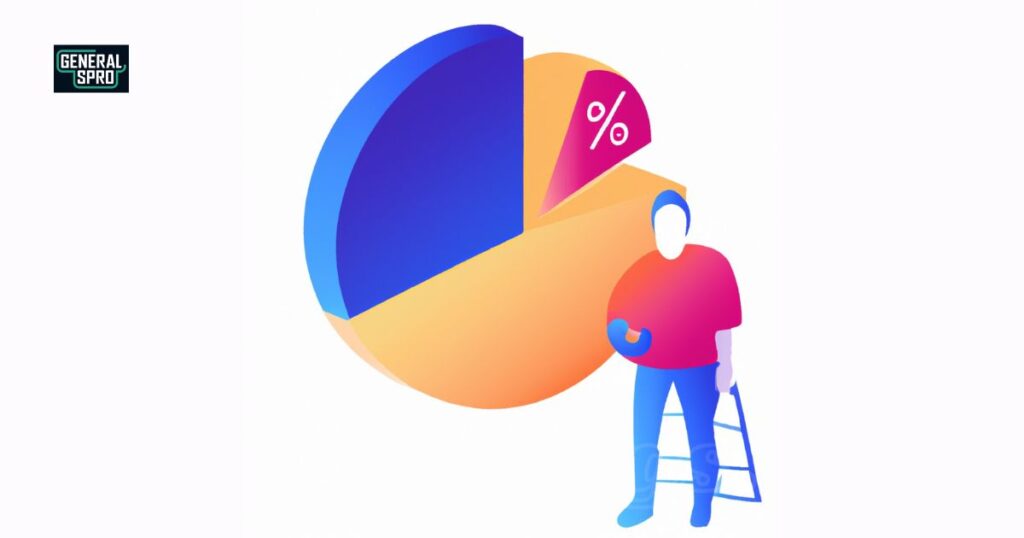
Different industries have developed their own conventions for using these terms. Manufacturing sectors typically use “scrapped” when discussing material disposal or project cancellation. Construction industries often employ “scraped” when describing surface preparation or material removal.
Understanding these industry-specific patterns helps professionals communicate more effectively within their sectors.
Legal and Technical Documentation
In legal and technical documents, precision becomes even more critical. Contract language must clearly distinguish between scrapping assets (disposing of them) and scraping surfaces (cleaning or preparing them).
Technical manuals need to specify whether equipment requires scraping for maintenance or whether outdated components should be scrapped entirely.
Educational Applications
Teachers and instructors frequently encounter these terms when discussing writing skills and vocabulary development.
Creating clear distinctions helps students understand not just the words themselves but the broader concept of context-dependent language usage. This understanding forms part of developing advanced language competency.
Historical Evolution of Terms
Language evolution shows how these words have adapted over centuries. “Scrap” originated in Old Norse, while “scrape” has Anglo-Saxon roots. Understanding this historical context helps explain current usage patterns and provides insight into why these terms sometimes cause confusion.
Social Media and Contemporary Usage
Social media platforms have influenced how people use these terms in casual communication. “Scrapped” often appears in posts about abandoned plans or canceled events, while “scraped” frequently describes data collection or physical accidents.
This modern usage continues to shape how people understand and employ these words.
International Business Considerations
Global business communications require particular attention to these terms. Non-native English speakers may find the distinction especially challenging, necessitating clear guidelines in international business documentation.
Companies often develop specific terminology guides to address these potential points of confusion.
Quality Control Processes
In manufacturing and production environments, quality control processes must clearly differentiate between scrapped materials (those discarded due to defects) and scraped surfaces (those prepared for further processing).
This distinction affects inventory management, waste tracking, and process documentation.
Environmental Impact Assessment
Environmental reports and sustainability documentation need precise terminology when discussing material disposal versus surface treatment.
“Scrapped” materials might require specific handling procedures, while “scraped” surfaces might involve different environmental considerations regarding cleaning agents and disposal methods.
Project Management Documentation
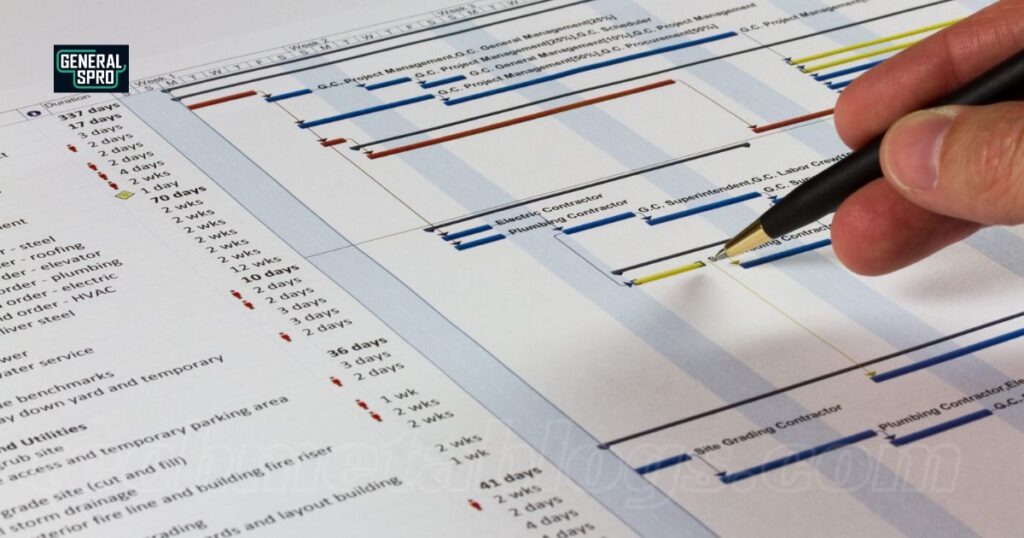
Project managers must clearly communicate whether initiatives are being scrapped (canceled) or whether resources are being scraped together (gathered with effort).
This clarity affects project timelines, resource allocation, and stakeholder communications.
Research Methodology
Academic and market research often involves data scraping, while failed research initiatives might be scrapped.
Understanding these distinctions helps researchers accurately describe their methodologies and results in academic papers and research reports.
Customer Service Communication
Customer service representatives need to clearly communicate whether products will be scrapped due to defects or whether they simply need surface scraping as part of maintenance. This clarity affects customer expectations and service delivery outcomes.
Financial Reporting
In financial contexts, companies must be precise about whether assets are being scrapped (written off) or whether value is being scraped together from various sources. This distinction affects accounting practices and financial statements.
Risk Assessment Documentation
Risk assessment reports must clearly differentiate between risks associated with scrapping operations (disposal and write-offs) and scraping activities (surface treatment and data collection).
This clarity helps organizations better manage and mitigate potential risks across different operational areas.
FAQ’s
What’s the quickest way to tell if I should use “scrapped” or “scraped”?
Think about the action – if you’re canceling or discarding something, use “scrapped.” If you’re removing surface material or collecting data, use “scraped.”
Can something be both scrapped and scraped?
Yes – for example, a car might be scraped clean of rust before being scrapped for parts, though these actions would occur at different times.
Does “scrapped” always mean something is permanently discarded?
While “scrapped” typically implies permanence, some scrapped projects or plans may be revived later under new circumstances.
Is data scraping legal?
Data scraping’s legality depends on website terms of service, the type of data being collected, and how it will be used – always check applicable laws and policies.
When did “scraping” start referring to data collection?
The term “data scraping” emerged with the rise of the internet in the 1990s, becoming more common as web automation tools developed.
Are there regional differences in how these terms are used?
While core meanings remain consistent worldwide, some industries and regions may have specific conventions for using “scrapped” versus “scraped.”
How do you remember the difference between the two terms?
Think of “scrapped” as having two P’s for “Project Canceled,” while “scraped” has one P for “Physical action.”
Can “scraping by” and “scrapping by” be used interchangeably?
No – “scraping by” means barely managing or surviving, while “scrapping by” is incorrect usage that should be avoided.
Conclusion
The distinction between “scrapped” and “scraped” may seem subtle, but understanding their proper usage enhances communication clarity. “Scrapped” primarily relates to abandonment or disposal, while “scraped” involves physical contact or data collection.
Being mindful of these differences helps avoid common English language mistakes and improves overall writing quality.

